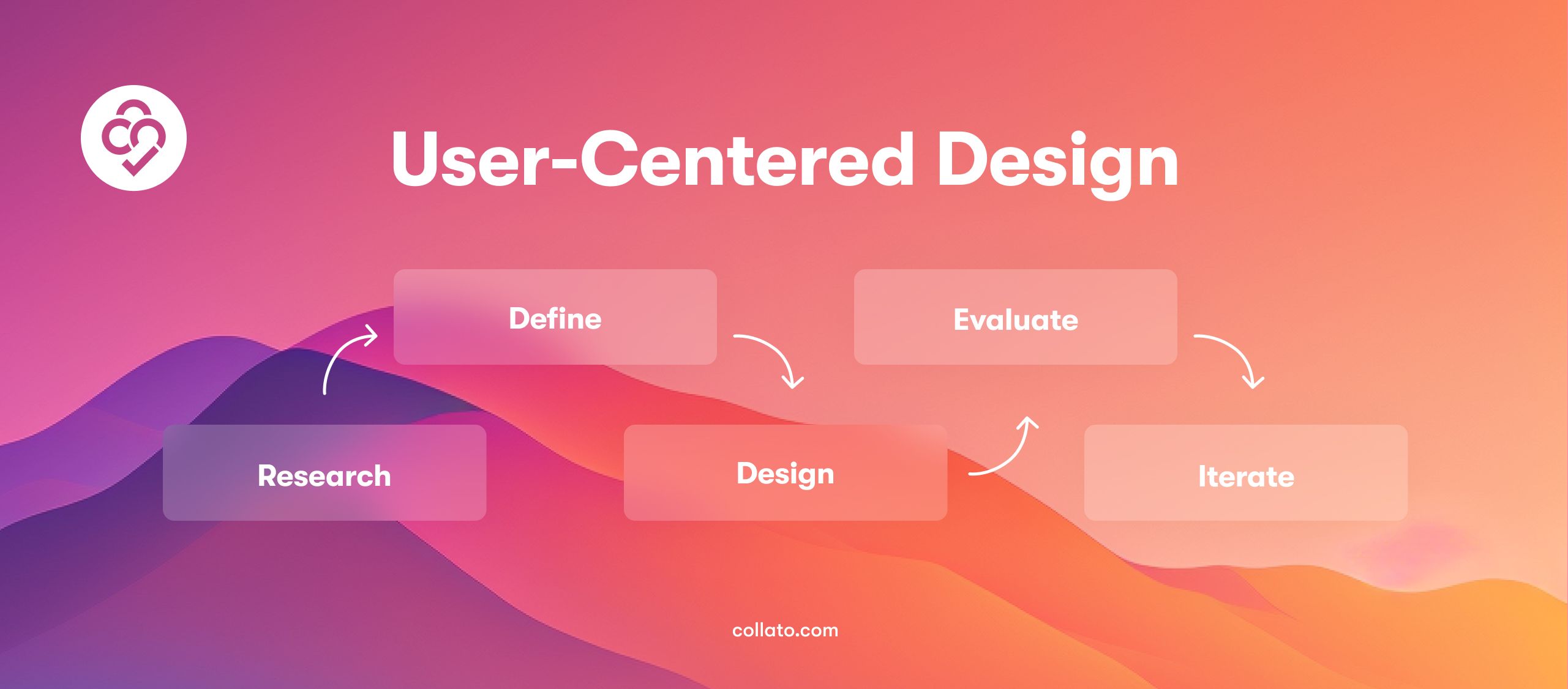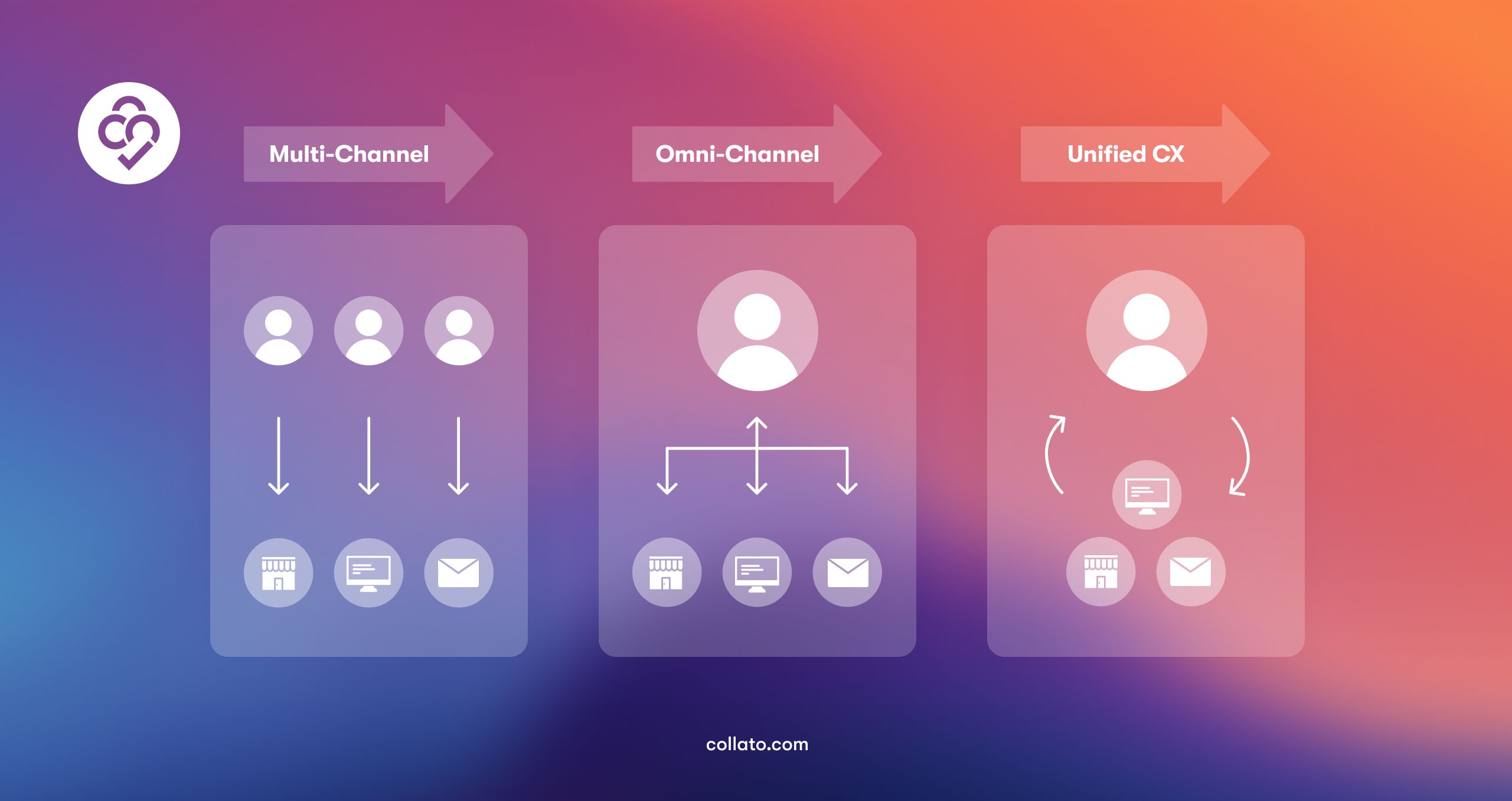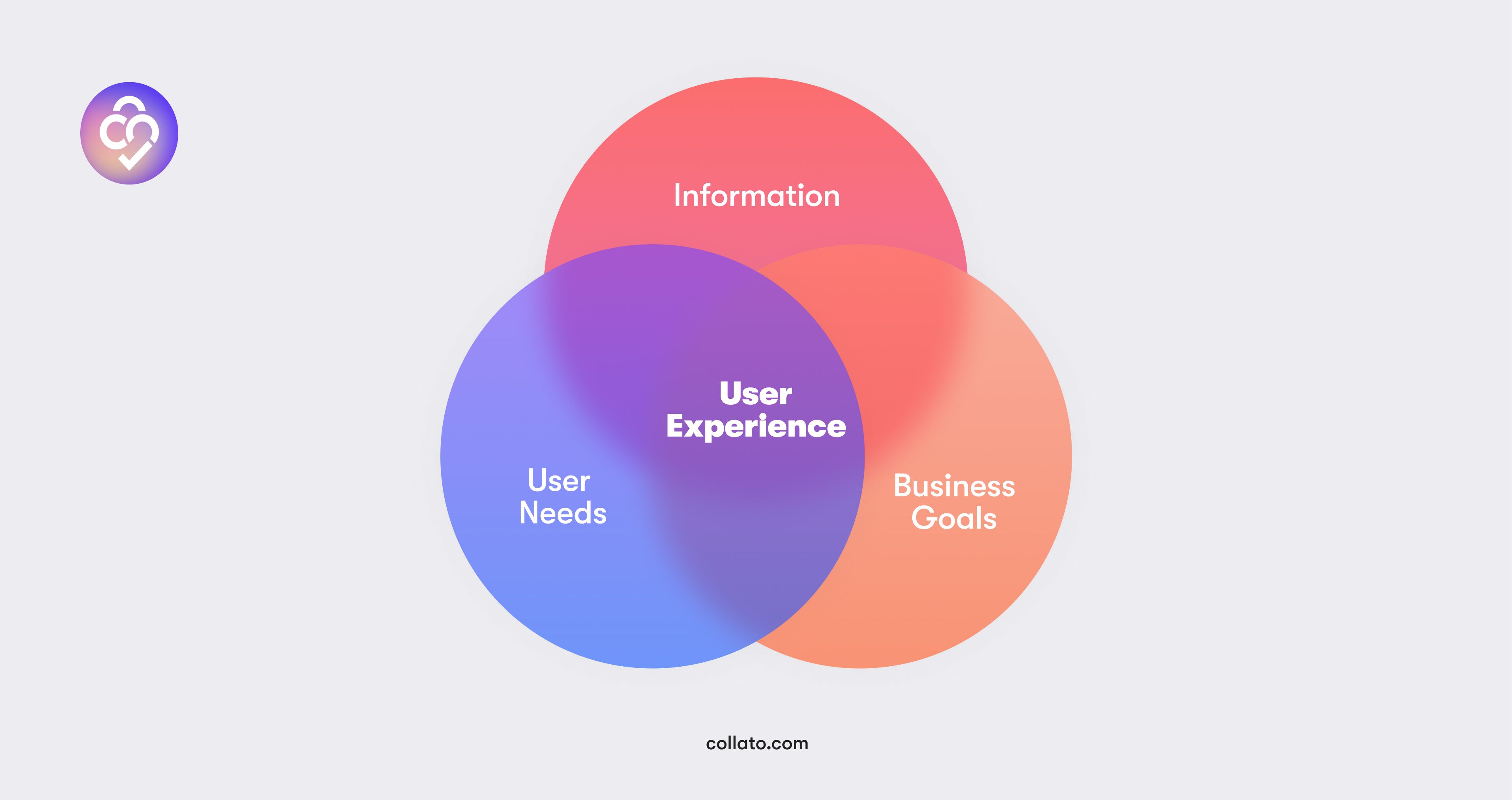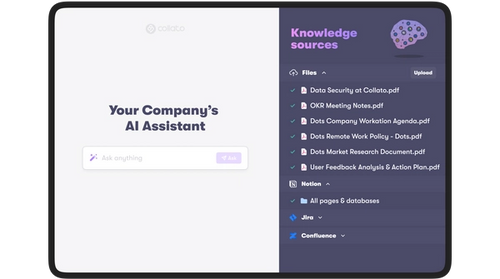User-Centric Product Design: How to Understand User Needs

Keeping Customer Needs at the Core of Development
User-centric product design is an approach that prioritizes the needs, preferences, and experiences of the end-users throughout the entire product development process. It involves understanding user behavior, conducting user research, and incorporating user feedback to create products that are intuitive, efficient, and enjoyable to use.
By placing the user at the center of the design process, user-centric product design aims to enhance user satisfaction and overall product success. As we delve into the world of user-centric product design, I invite you to join me on a journey that places the needs, desires, and aspirations of users at the very heart of technological advancement.

Understanding User Needs: How to get started
The foundation of user-centric design rests upon a fundamental principle: understanding user needs. Before a single line of code is written or a pixel placed on a screen, the journey commences with an exploration of user behavior, aspirations, and challenges. This proactive approach is akin to stepping into the user's shoes, enabling developers to glean insights that serve as the bedrock for designing experiences that seamlessly align with user expectations.
Whether through in-depth surveys, interactive interviews, or meticulous data analysis, the goal is to unearth the nuances of user interactions. By diving into user narratives, we unravel pain points and gain insights that lead to innovative solutions. This user-driven approach ensures that the digital ecosystem we craft is not only functional but deeply resonant with the lives it touches.
Empathetic innovation: Shape authentic solutions
Design thinking, often described as a problem-solving methodology, is the engine that drives empathetic innovation. It prompts us to look beyond the surface, to delve into the emotional landscape of users, and to envision solutions that truly address their needs. This philosophy encourages an iterative process of ideation, prototyping, and testing, wherein each iteration refines the design, inching closer to an experience that echoes with authenticity.
As technology evolves, design thinking remains a constant, guiding developers to immerse themselves in the user's narrative. By approaching challenges through the lens of empathy, design thinking fosters innovation that is not driven solely by technical prowess, but by a deep understanding of human emotion and aspiration.
Foster personalization through data
In the era of data-driven insights, personalization emerges as a potent tool for enhancing user experiences. Imagine an interface that greets you by name, anticipates your preferences, and tailors content specifically for you. This is the promise of personalization – a realm where technology harnesses the power of data to create interactions that feel intimate and tailored.
Through the amalgamation of AI and user data, personalization refines interactions, curates content, and suggests recommendations that resonate with individual preferences. From personalized product recommendations to adaptive user interfaces, this approach not only streamlines user interactions but also establishes a sense of rapport and familiarity, fostering a connection that transcends mere transactions.
Embrace simplicity
In an era characterized by rapid technological advancement, simplicity emerges as an indispensable virtue. The concept of "less is more" encapsulates the essence of user-centric design, advocating for the removal of unnecessary complexity to create interactions that are intuitive and effortless.
Consider the elegance of a minimalist user interface that guides users with clarity, presenting information in a manner that requires no second-guessing. By simplifying navigation, decluttering interfaces, and distilling intricate concepts into digestible elements, user-centric design empowers users to engage with technology in a way that feels natural and empowering.
Unify User Experiences Across the Multi-Platform Landscape
The contemporary digital landscape extends beyond the confines of a single screen. With smartphones, tablets, laptops, wearables, and more at our fingertips, the challenge lies in orchestrating harmonious interactions across diverse platforms. User-centric design embraces this challenge, ensuring that each touchpoint maintains consistency and fluidity.

Imagine commencing an interaction on your smartphone during your morning commute, seamlessly transitioning to your laptop at work, and later continuing on your tablet at home – all without missing a beat. This is the promise of multi-platform design, where user experiences are unified, coherent, and uninterrupted, enhancing engagement and accessibility.
Design for All: Championing Inclusivity Through User-Centric Design
In the tapestry of user-centric design, inclusivity emerges as a guiding principle that underscores the importance of accessibility for all. Inclusive design transcends physical and cognitive differences, ensuring that digital experiences are accessible to individuals with diverse abilities.
Consider the impact of features like alternative text for images, color contrast adjustments for readability, and voice navigation for users with mobility challenges. By incorporating these elements, user-centric design creates a digital ecosystem where everyone, regardless of ability, can navigate, interact, and engage with ease.
Craft Emotional Connections
Amidst the sea of technology, the ability to evoke emotion emerges as a profound differentiator. User-centric design recognizes that interactions are not purely functional; they are opportunities to create moments of delight, connection, or inspiration.
Picture an animation that brings a smile to your face, a color palette that evokes a sense of calm, or a notification sound that sparks joy. These seemingly subtle elements contribute to the emotional landscape of user interactions, fostering a sense of engagement that extends beyond utility and immerses users in a dynamic and captivating experience.
The Magic of Storytelling: Craftsmanship through Narrative
Storytelling, an age-old tradition, finds a digital home within user-centric design. Through narratives, we transform interactions into immersive journeys, where users become protagonists navigating a digital realm.
Imagine an onboarding process that unfolds like a narrative, guiding users through each step with a sense of purpose and context. By infusing storytelling into design, we create experiences that not only inform but also captivate and resonate on a deeper level, forging a connection that endures.
Harmonizing Creativity: Collaborative User-Centric Design
User-centric design thrives in an ecosystem of collaboration, where diverse perspectives converge to shape meaningful experiences. The synergy between developers, designers, researchers, and users results in a harmonious blend of creativity, innovation, and empathy.

Consider the impact of multidisciplinary brainstorming sessions, where ideas are shared openly and insights are woven together to create holistic solutions. This collaborative spirit ensures that user-centric design transcends individual expertise, delivering experiences that resonate with authenticity and impact.
Balancing Innovation and Ethics: Responsible AI Integration in User-Centric Design
As AI technologies play an increasingly significant role in user-centric design, ethical considerations come to the forefront. User-centric design calls for the integration of AI in a responsible and ethical manner, ensuring that its benefits are harnessed while safeguarding against potential pitfalls.
From transparency in data usage to combating bias in AI algorithms, ethical AI upholds the values of fairness, accountability, and integrity. By fostering a culture of ethical AI integration, user-centric design paves the way for innovations that amplify human potential while preserving the dignity and rights of users.
Cultivating Lasting Relationships through Holistic User-Centric Design
User-centric design is not confined to the boundaries of screens and interfaces; it encompasses a holistic approach that extends the user journey beyond digital encounters. From email follow-ups that express gratitude to post-interaction surveys that gather feedback, every touchpoint is an opportunity to deepen the connection.
Consider the scenario of receiving a personalized thank-you email after completing a transaction, acknowledging your role as a valued user. By transcending the confines of the screen, user-centric design transforms interactions into ongoing relationships, fostering engagement that persists over time.
Charting the Evolution of User-Centric Design and Beyond
As we conclude our expedition through the landscape of user-centric design, let us cast our gaze toward the horizon of the future. Emerging technologies, evolving user expectations, and novel paradigms beckon us to remain at the forefront of innovation.

The realm of user-centric design is one of constant evolution, a domain where adaptation and agility are paramount. As a content writer passionate about technology, AI, and ML, I stand committed to championing the dynamic evolution of user-centric design, weaving narratives that illuminate the path toward experiences that transcend boundaries and redefine possibilities.
Key Takeaways:
- Prioritizing Users: User-centric design puts end-users' needs, preferences, and experiences at the core of product development.
- Empathetic Innovation: Design thinking drives authentic solutions by delving into users' emotions, encouraging iterative ideation, prototyping, and testing.
- Simplicity and Intuition: Simplifying design removes complexity, creating intuitive interactions that empower users to engage naturally.
- Inclusivity Matters: Inclusive design ensures digital experiences are accessible to diverse abilities through thoughtful features like alternative text and voice navigation.
- Collaborative Synergy: Collaboration among developers, designers, researchers, and users results in creative, innovative, and empathetic user-centric experiences.
- Ethical AI Integration: Responsible AI integration upholds fairness, accountability, and integrity, aligning with the principles of user-centric design.
In the symphony of user-centric product design, we've embarked on a journey that bridges the gap between technology and the human experience. From understanding user needs to embracing design thinking, from personalization to inclusivity, and from emotional resonance to ethical AI, each facet we've explored contributes to a grand orchestration of empathy, innovation, and connection.






